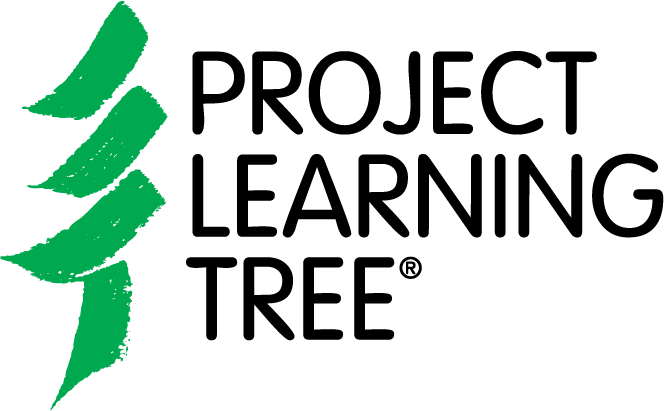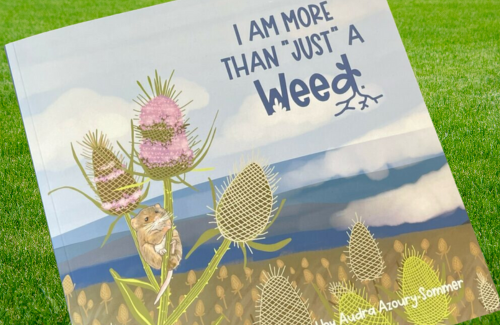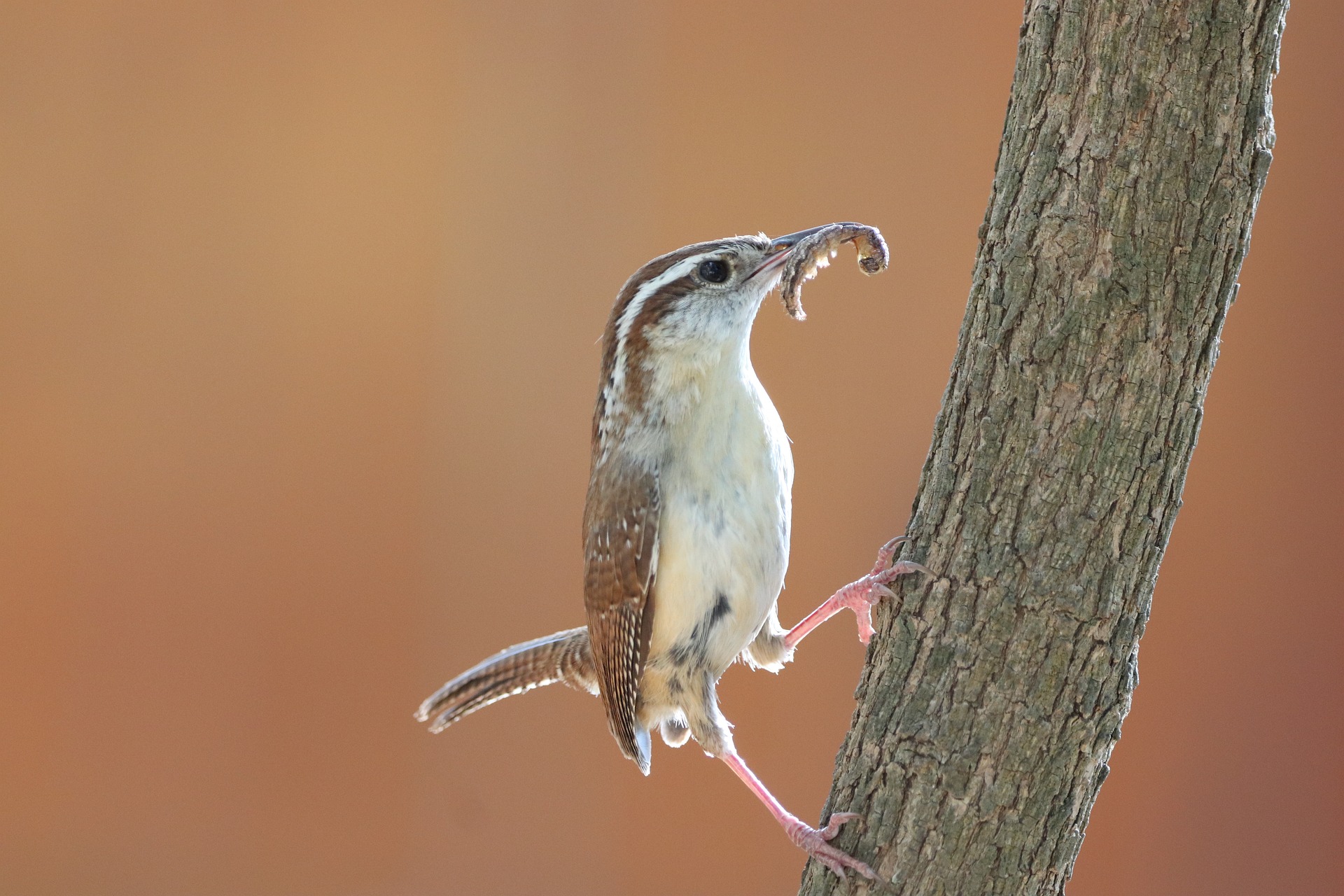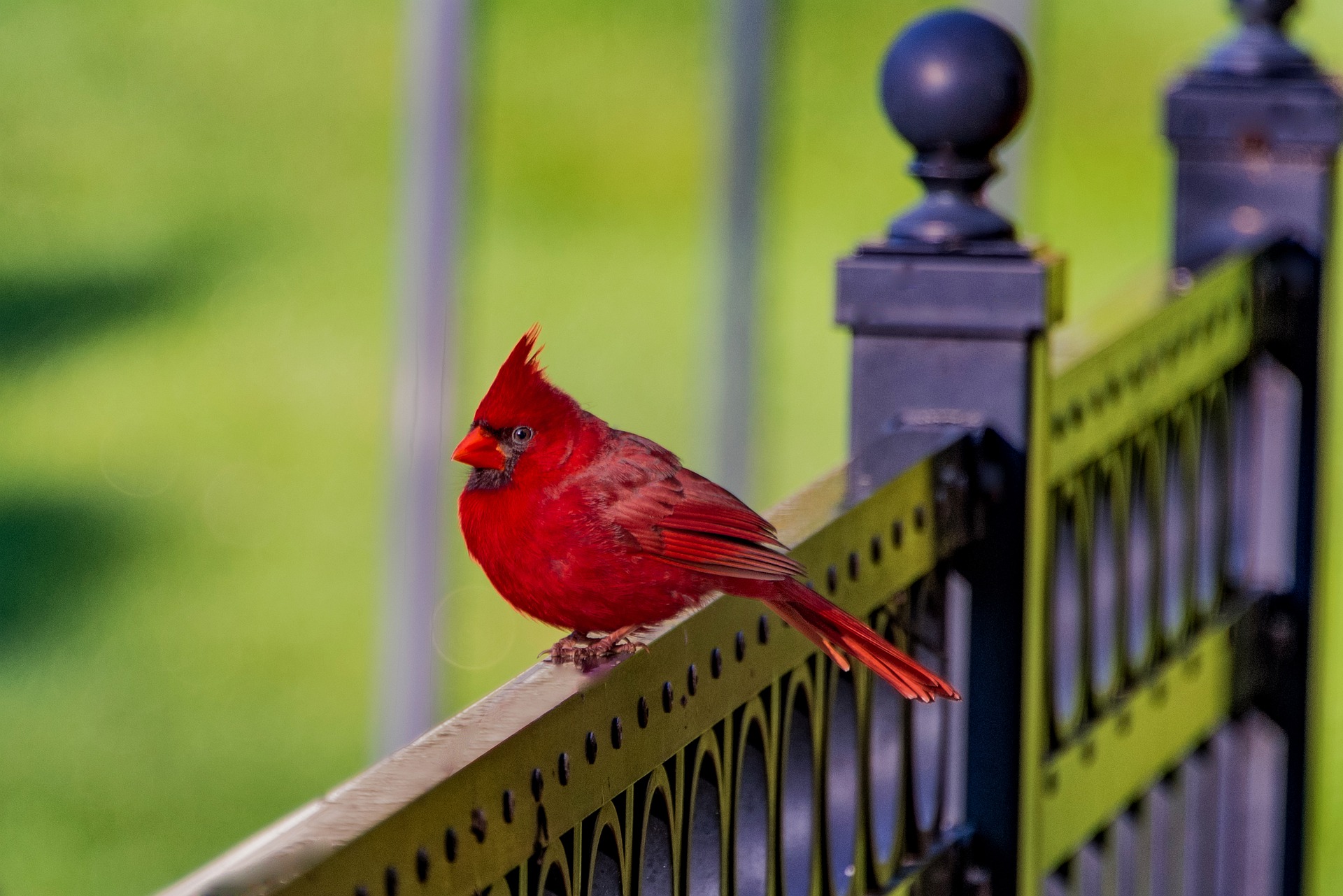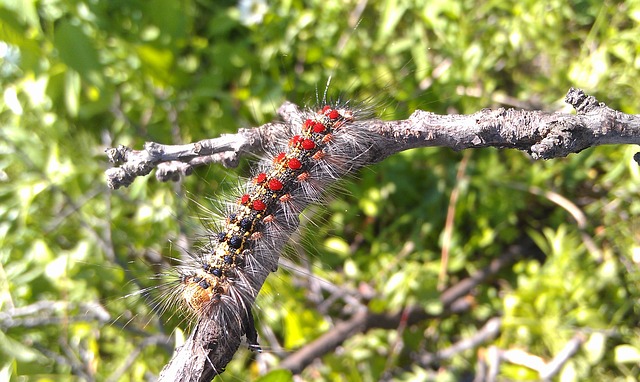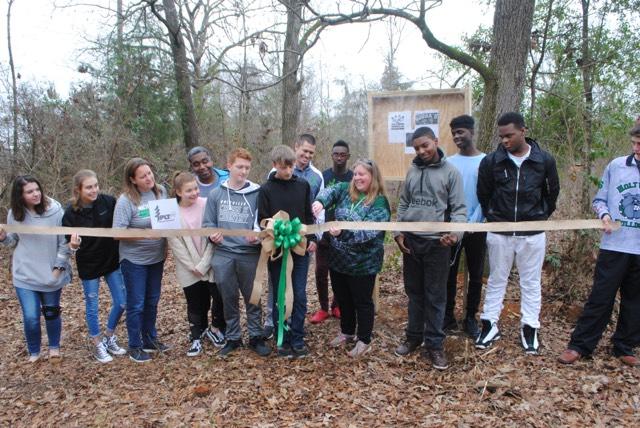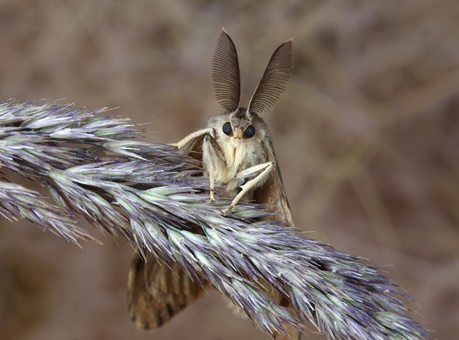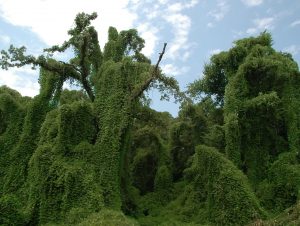Did you know that forests contain the world’s largest reservoir of plant and animal species on land, serving as home to 80% of the world’s terrestrial biodiversity? Pretty incredible. That’s just one of the many reasons we love forests! Let’s celebrate the variety of trees, other plants, fungi and countless animals, from bears to beetles, that contribute to our biodiverse planet.
Explore the wonders of weeds with “I Am More Than Just a Weed” by Audra Azoury-Sommer, a book perfect for fostering a love for nature.
Native species are essential to healthy ecosystems. These species have had years of evolution to adapt to weather, seasons, and other living things around them. Native birds and insects in particular keep our environments in balance. Take a look at the importance of native birds and insects in our natural environments and how we can introduce students to these concepts in tangible ways.
Introduce kids to urban birdwatching and help them enjoy their immediate environments! Check out how to get started with urban birdwatching at your school, daycare, summer camp, or home, along with bird-themed activities that you can adapt for your classroom.
An invasive species is any kind of organism that is not native to an ecosystem and causes harm to the environment, economy and possibly even human health. Lymantria dispar, Asian longhorned beetles, emerald ash borers, and woolly adelgids are among the growing list of invasive insects that threaten U.S. forests and urban landscapes.
With PLT GreenWorks! grants, students in Alabama, Indiana and Michigan took the lead to restore, design and build nature trails, learning about ecosystems and forest health.
Engage students in STEM (science, technology, engineering, and math) as they learn about the impact invasive species have on ecosystems and biodiversity.
Use this book with grades 6-8 to emphasize several Science and Engineering Practices outlined in the Next Generation Science Standards.
Learn how relocating plants and animals can be both beneficial and detrimental.


